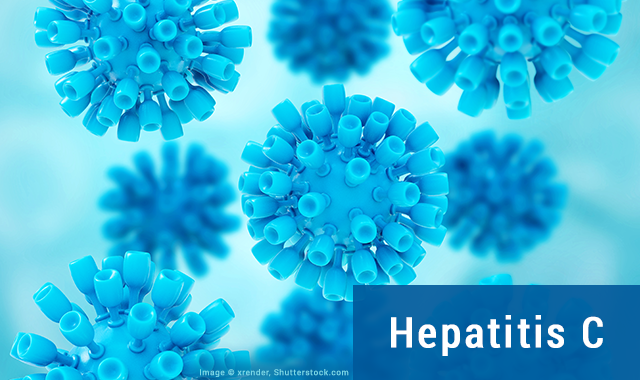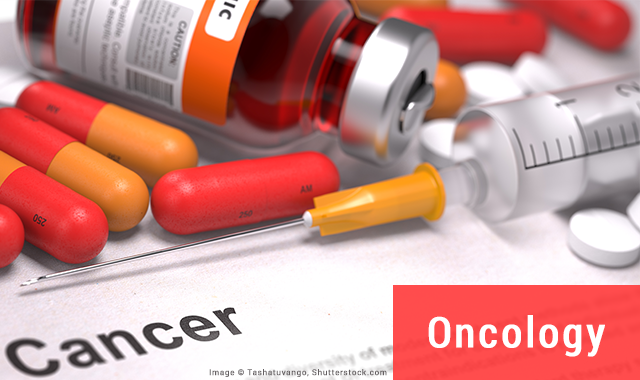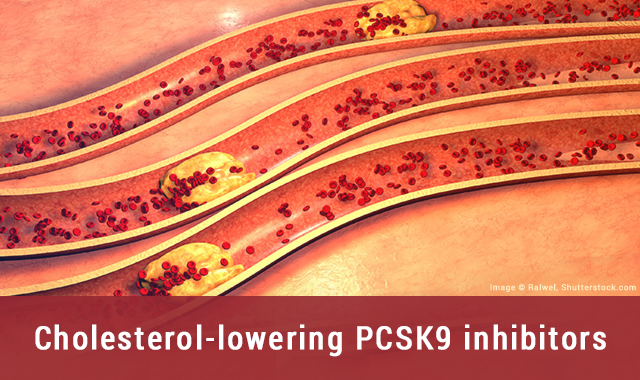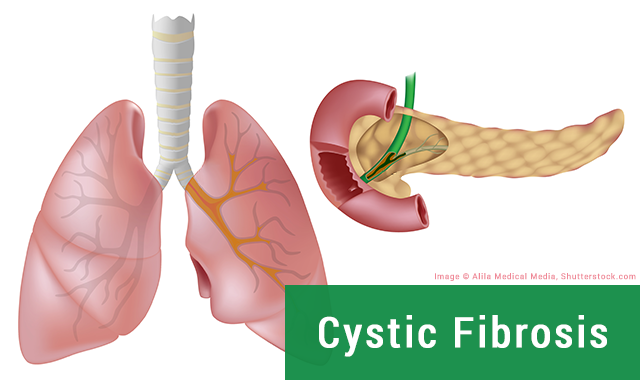- Safety & Recalls
- Regulatory Updates
- Drug Coverage
- COPD
- Cardiovascular
- Obstetrics-Gynecology & Women's Health
- Ophthalmology
- Clinical Pharmacology
- Pediatrics
- Urology
- Pharmacy
- Idiopathic Pulmonary Fibrosis
- Diabetes and Endocrinology
- Allergy, Immunology, and ENT
- Musculoskeletal/Rheumatology
- Respiratory
- Psychiatry and Behavioral Health
- Dermatology
- Oncology
5 drug categories having the biggest impact on pharma spending
Here are 5 drug categories that may command the most impact on pharma spending in the near future.
The transformations taking place throughout all healthcare sectors will have repercussions for the pharmaceutical industry. How will they affect industry prospects, and what are the implications for drug manufacturers be affected?
According to Matthew Hudes, US Managing Principal for Deloitte’s Biopharma practice, the pharmaceutical industry is poised to enter an “inflection point” in which it may produce more medicines that have a dramatic impact on disease than ever before.
This is being spurred, Hudes said, by the industry’s need to replenish a tidal wave of patent expirations and by a new-found willingness to embrace “open innovation,” the practice of working with other organizations, even competitors, in obtaining the medical and scientific expertise needed to develop better therapies.
Deloitte recently issued a report showing that drugs sourced via open innovation are 3 times more likely to achieve late-phase clinical success versus those cultivated under an in-house, closed-model approach.
“The new products hitting the market foreshadow a new era in which biopharma plays a more significant role in healthcare,” said Hudes. “Among other areas, will be a sizable wave of activity in infectious disease treatments, immunotherapies and the treatment of extreme clinical phenotypes caused by rare genetic variations, such as PCSK9, in cholesterol. These are some of the conditions in which biopharma can make a substantial impact on outcomes and costs.”
With that context, here are 5 drug categories that may command the most impact on pharma spending in the near future.




“These drugs will continue to grow, but at a slower rate given continued pressure from PBMs and the increased competition in the market, which has resulted in significant discounts to Sovaldi and AbbVie’s Viekira Pak,” says Bill Shew, a principal at KPMG.
Related:2014 drug costs soar, no end in sight



Total global spending on oncology drugs, including therapeutic treatments and supportive care, reached the $100 billion threshold in 2014, while spending on oncology drugs in the United States increased 5.3% compounded annual growth rate (CAGR) in 2014 to reach $42.4 billion, according to the IMS Institute for Healthcare Informatics. It found that growth in global spending on cancer drugs increased at a CAGR of 6.5% on a constant-dollar basis during the past 5 years.
“In the field of oncology, new anti-PD1 drugs [Opdivo and Keytruda] and Ibrance, a breast cancer treatment from Pfizer, will be the major drivers in continued double-digit drug spending increases,” according to Mark Ginestro, a principal at KPMG Strategy.
Related:Oncology drug spending soars



FormularyWatch reported estimates of annual pricing for PCSK9 inhibitors (proprotein convertase subtilisin/kexin 9) enzyme inhibitors to treat high cholesterol are in the cost range of $7,000 to $12,000. Even if PCSK9 inhibitors are indicated for a very narrow patient population, cost estimates show that this new class of drugs will eclipse initial costs of Sovaldi seen at its launch. In addition, PCSK9 inhibitors are biologics, so there will not be a simple pathway to less-costly generics for at least 10 years.
Related:5 things to know about cholesterol-lowering PCSK9 inhibitors
“[Rapatha and Praluent] . . . will be limited to niche populations at first and thus won’t have major impact on drug spending in 2015, but will grow over time as more research and physician and patient support broader use,” according to KPMG’s Shew.
“The potentially high controversial costs to the healthcare system for these drugs will definitely impact formularies, especially if the new LDL-C lowering drug costs are $7 to $12,000 per patient per year as estimated,” said Frost & Sullivan's Healthcare & Life Sciences Senior Industry Analyst, Barbara Gilmore. “It is going to be very important to determine the true statin-intolerance patients being prescribed drugs that could cost in the thousands of dollars per patient when there are low-cost generics available.”
Related: Battle of the cholesterol drugs expected



Cystic fibrosis is a genetic disease affecting multiple organ systems, most importantly the lungs and airways. In the United States an estimated 30,000 children and adults in the have the disease, which can lead to life-threatening lung infections and the inability to absorb nutrients from food. Some individuals may need a lung transplant because of progressive damage to the lungs.
Related:New cystic fibrosis drugs may significantly increase pharmacy benefit costs
Vertex’s Kalydeco is currently approved for cystic fibrosis in patients aged 6 years and older. It is an oral drug that targets the gene associated with the lung condition, and is the first that addresses the underlying cause of the disease. The drug is expected to cost about $300,000 a year, according to Ginestro.
“We expect it to achieve blockbuster sales rapidly given the high unmet need and the drug is being evaluated for a larger population,” Ginestro said.
A new combination drug-ivacaftor plus lumacaftor-is pending FDA approval for treatment of people aged 12 years and older who have the gene mutation found in nearly 50% of people with cystic fibrosis. The price of the new drug is not yet public, but is widely expected to be similar to ivacaftor’s price.
“We expect it to achieve blockbuster sales rapidly given the high unmet need, and the drug is being evaluated for a larger population," Ginestro said.


Heart failure is a debilitating and life-threatening disease in which the heart cannot pump enough blood around the body. Symptoms such as breathlessness, fatigue and fluid retention can appear slowly and worsen over time, significantly impacting quality of life.
Novartis’ experimental heart failure drug, LCZ696, an angiotensin receptor neprilysin inhibitor (ARNI), will be the next big launch in this category, according to Ginestro.
The drug was granted priority review in February based on on results from the “game-changing” landmark PARADIGM-HF study, which showed that LCZ696 was superior to the accepted guideline therapy ACE-inhibitor enalapril on key end points, including the primary end point, which showed reduction of the risk of either cardiovascular death or heart failure hospitalization by 20%.
“The findings of this study will ultimately change the way we treat patients with HF, with the introduction of LCZ696 as the first line of therapy instead of enalapril or another ACE inhibitor,” Inder Anand, MD, FACC, Minneapolis VA Medical Center & Minnesota University, recently toldFormularyWatch.
It has been reported that analysts estimate that LCZ696 could cost $7 per day.
“Continued pricing pressure in highly competitive categories, such as COPD and diabetes, will help constrain drug spending increases in these high prevalence categories,” according to Shew. “Yet the large and growing numbers of patients suffering from these conditions will drive overall spending higher.”
Payers Recognize the Benefits, but Still See Weight Loss Drugs through a Cost Lens
April 12th 2024Jeffrey Casberg, M.S., R.Ph., a senior vice president of clinical pharmacy at IPD Analytics LLC, a drug intelligence firm that advises payers and pharmaceutical companies, talks about how payers are thinking about weight-loss drugs.
